Opponents of tax reform argue that the tax cuts will mainly benefit wealthy Americans, rather than the ones who need it the most. However, President Donald Trump said he prefers a plan that favors the middle class and focuses on bringing back American companies and jobs.
“The wealthiest Americans are not my priority. My priority are people in the middle class and that’s where we’re giving the big tax reduction to,” he told reporters in Fort Myers, Florida on Sept. 14.
The specifics of the tax reform have not been announced yet, but Trump wants to bring the business tax rate from 35 percent to around 15 percent.
Individual tax rate cuts will be substantial for the middle class, even higher than what corporations will get, according to Trump.
This is a “major tax cut—the biggest since Ronald Reagan,” he said in North Dakota on Sept. 6.
In addition to tax cuts, the plan would provide tax relief to middle-income families through various benefits such as raising the standard deduction and increasing the child tax credit.
Trump also argues that the lower tax rates will boost economic growth, bring more companies back to America, and create more jobs.
The current U.S. corporate tax rate is the highest among advanced economies, which puts American businesses and products at a competitive disadvantage globally.
The U.S. tax code is one of the reasons why many U.S. companies moved their manufacturing operations to other countries. And they have built up cash offshore, because of the high tax rates and “worldwide” tax system that double-taxes the foreign income.
“My priority is bringing companies back, bringing money back into the country,” Trump said in Florida.
“[Opponents] ignore the effect lower marginal rates will have on economic growth and job creation,” he stated.
Trump announced four major goals of tax reform: Simplifying the tax code, providing tax relief for middle-class families, lowering tax rates, and bringing back cash held by U.S companies overseas.
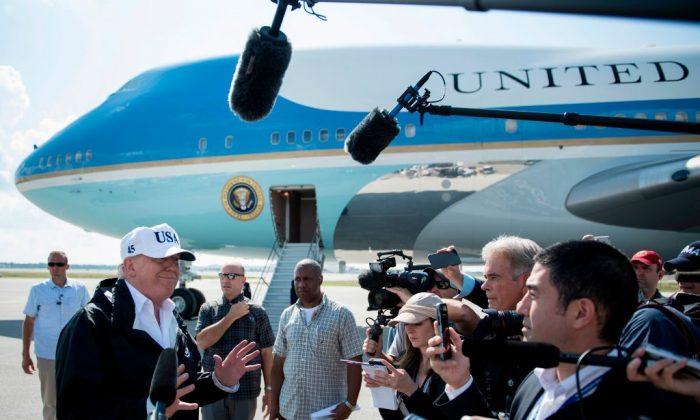

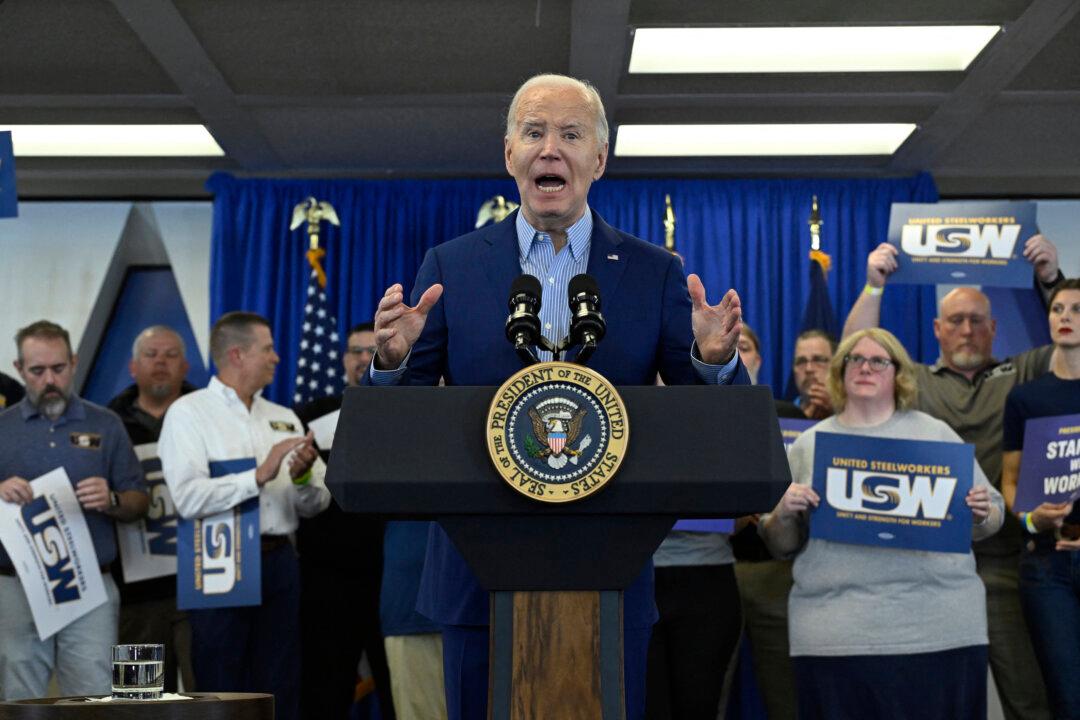
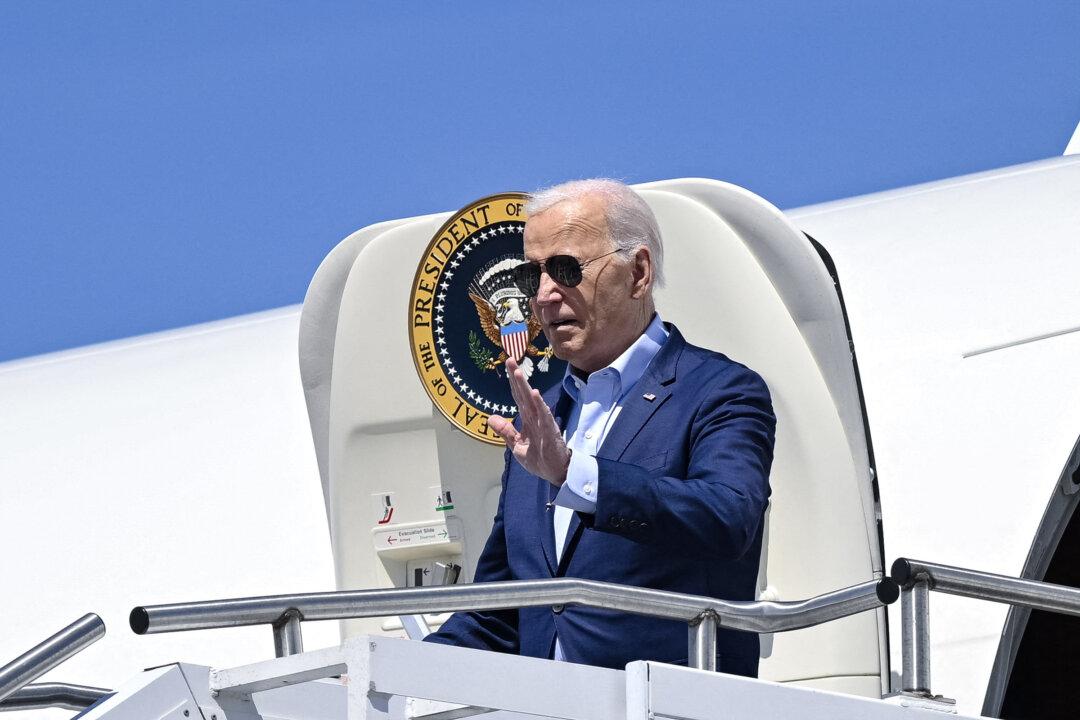
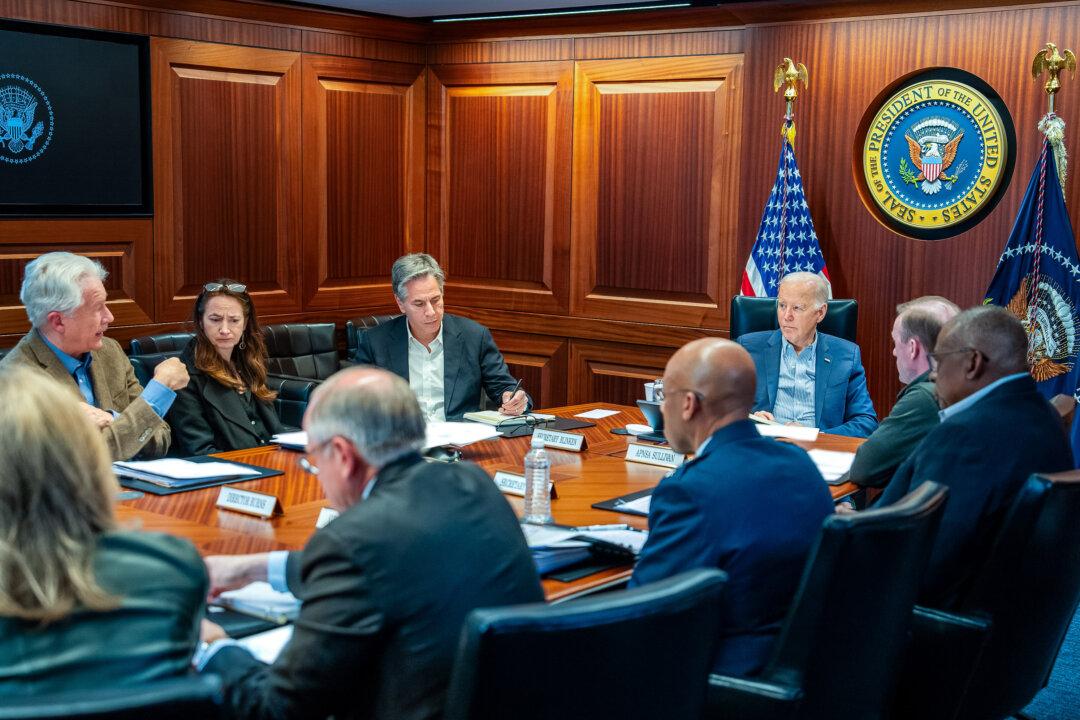
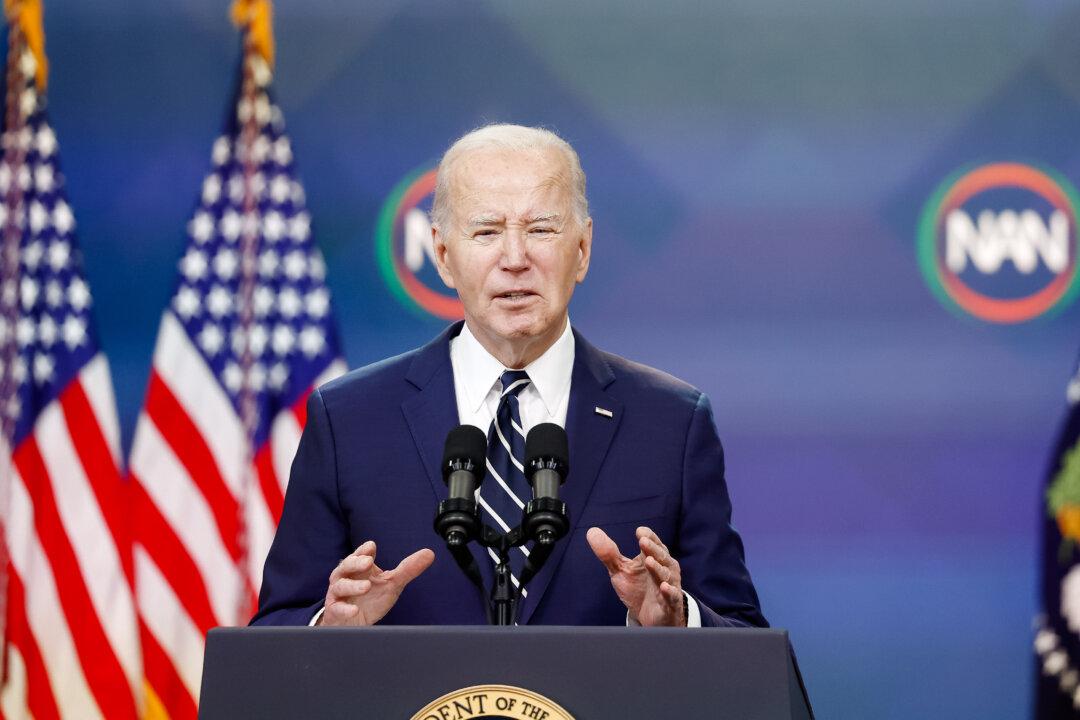
Friends Read Free